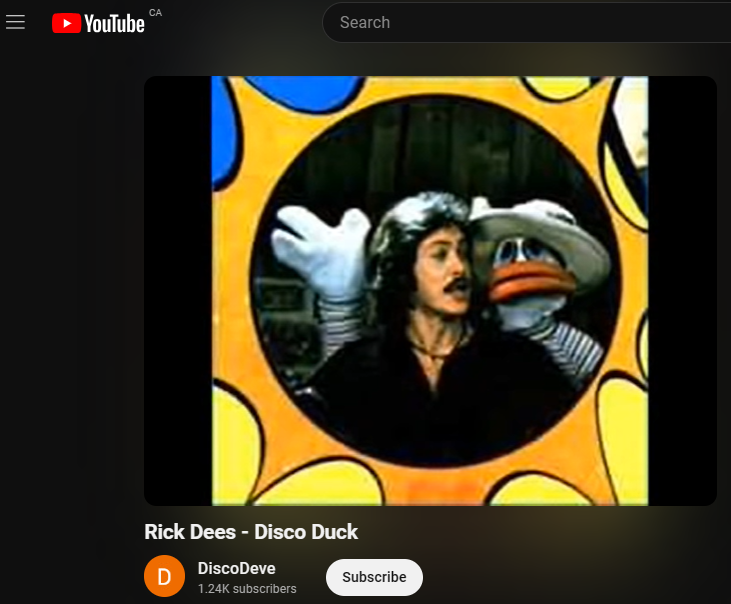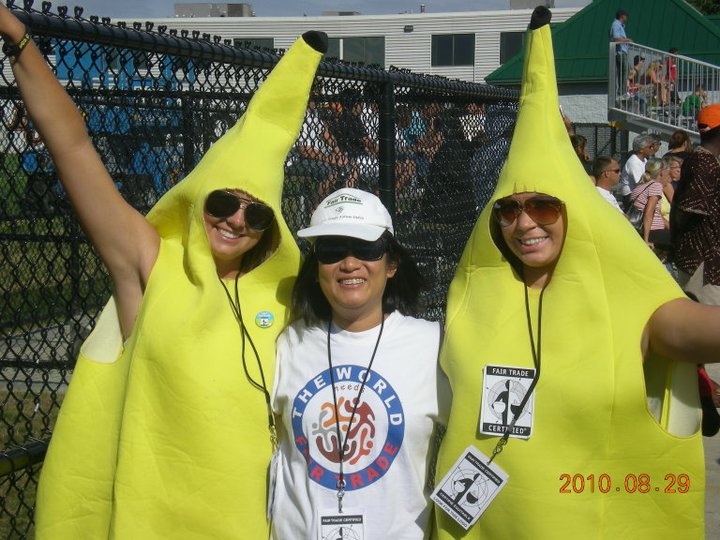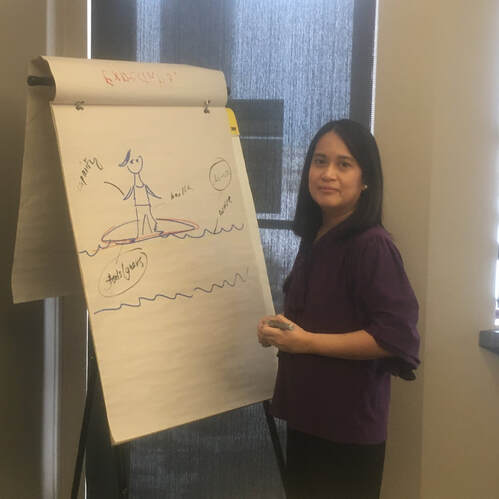Archives
April 2024
Categories
All
|
Back to Blog
DISCO DUCK4/19/2024 My husband hated drivers who disco-ducked into the gas station just to get ahead. If there's a vacant station, in front of another vehicle gassing up, the next one in the line will not wait but maneuver its way, however dangerous, to the vacant station. Drivers these days risk banging other vehicles causing mayhem by not giving just a few minutes for both stations to be free. Looking at these maneuvers as a spectator could cause a senior person to have a heart attack. The utter disregard for civility and respect is just out of this world. Civility and decency, folks are surely becoming rarified virtues these days. It's not that you will actually be ahead of others, you just want to prove the point that you're too busy (or important) to be waiting for your turn, properly. This is played out, unfortunately, in larger arenas of life, career, and business. People wanted to be ahead without putting the work and energy into it. People want to dismantle the systems so that they will feel truly uplifted and made equal with the rest. That folks, is the recipe for anarchy, disorder, through revolution without a just cause. I was the real Diversity worker from 2010-2015. I was in the trenches working with diverse elements of my community to bring harmony and connections among these groups. At that time, people scorned the idea that diversity could be a staple form of service under human resources. The words 'Diversity and Inclusion' weren't sexy enough to harbor more visible support than an implicit understanding that this practice helps the bottom lines. Nowadays, DEI experts mushroomed in matters of two to three years. The battle cry is to topple anyone or any symbol that goes against the current standards of morality and ethics. This is like saying, "We know what happened in the past, thus we declare you all guilty of being complicit to the reason our current lives are miserable." On their moral high-horse, this is an emblematic of a generation who are fed by social media thinkers and intellectuals, who don't know any better. I'm very sad that DEI has become a billion-dollar industry run by revolutionaries who bought houses and expensive cars, and hired their relatives when they received vast sums of corporate money. I lament how this had turned out and the miseries of people of color, immigrants, and those living in marginalized conditions continue, unaddressed. I suspect that this hijacking of this practice is all about wanting to get ahead of the line, getting power (and all that comes with it), and believing in their hearts of hearts that they can get away with it. That they truly deserve to be elevated. My husband hated disco ducks. I don't blame him at all. PS. Disco Duck is a popular song in the 70s with a catchy tune and comical lyrics. Google it out!
0 Comments
Read More
Back to Blog
CULTURAL SHOCKS7/3/2023 When I moved to Canada 13 years ago, I was up for more shocks that I could ever hope for. First, spatially, I felt strange with no hundreds and thousands of people competing on your space when you walk on the street, go to a store, and or take the metro. People are so polite, drivers allow you to merge, and police officers are feared but not perceived as corrupt or part of the corrupting system. Second, in the workplace, there is less power distance than I can recall. There is no need for outward deference that what is necessary. There's more exchange of pleasantries as part of the culture not as something that is needed when you want to break the ice. Everyone seems to have their own place in the organization. When you in doubt about what you need to do, 'go to your supervisor.' Third, we seldom see Canadians as part of the worlds' problem. As a middle power, Canada is a strong beacon of democracy and free enterprise. What I'm so proud of is that the project of multiculturalism while not perfect and perfected seems to work in this part of the world than any where else. While I came here seamlessly, integrated well than most immigrants, and have the privileges of education and international outlook, there are hundreds of newcomers that have experienced more hardships. I was an exception to the norm. We have a long way to go to closing this gap that is missing the best out of the global talent we now find here. I have been shocked in my first few years but right now I feel more integrated than ever before. Diversity is our greatest common denominator in this Canada. If we devalue the least of our diverse citizens, we devalue our whole society and the power that comes with it.
Back to Blog
DIVERSITIES6/8/2023 I have been asked how will I integrate diversity in the classroom considering adult learner, aboriginal learners, learners with different orientation and abilities, and other points of differences exists. I knew that with the hype on diversities and some of them definitely misplaced. I said that, "Diversity is our greater common denominator as Canadians." I arrived in Canada in the summer of 2010 from the Philippines. I'm as diverse as any other Canadians that were born here or have arrived from some where in the last 30 years or recently. Some Canadians have diversities that are not physically visible and these diversities are as valid as other protected areas of difference. The fact that this is seldom acknowledged brings to the point that everyone of us is unique. That diversity is not just about providing preferential treatment to those that are historically marginalized or excluded or experienced inequities. We have the whole spectrum of diversities for which everyone must respect and recognize if we want to live and work harmoniously and effectively together as communities. Having said that, I heard the loudest agreement from the questioning group. We agree that diversity is our common bond so let's make this diversity our greatest asset not a hindrance to building up common goals. |
 RSS Feed
RSS Feed


